10 Undiscovered Destinations That Impress + 5 That Leave a Deep Impact
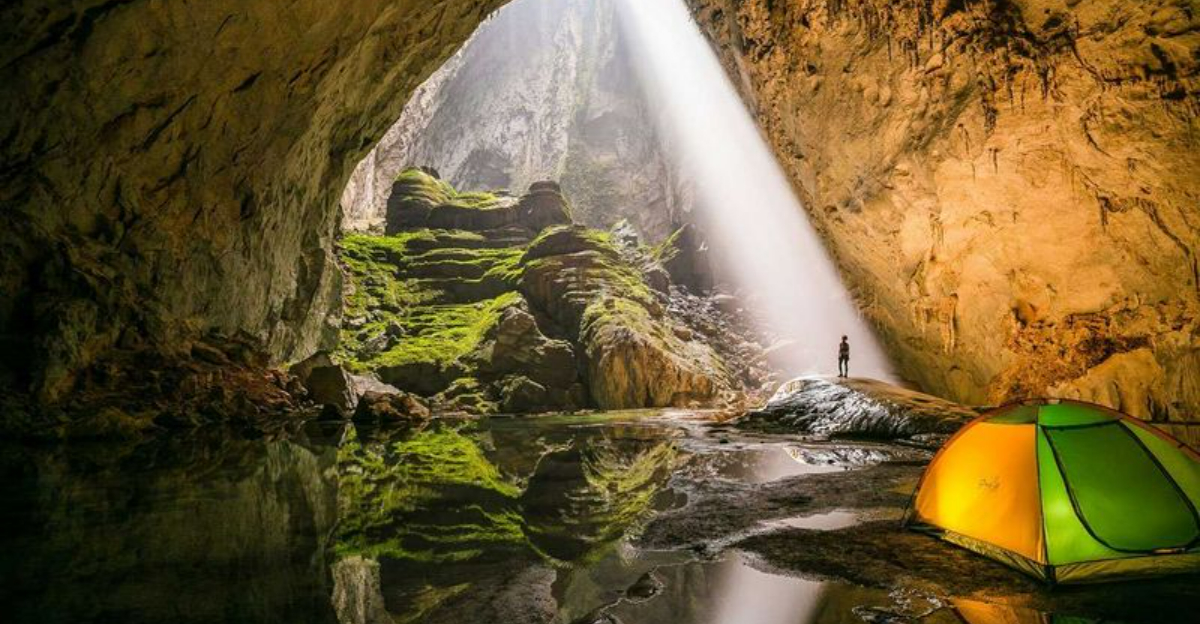
Ever wondered where to escape the tourist crowds and find places that truly move your soul? Our world is filled with secret spots waiting to be explored – places where nature, culture, and history combine to create unforgettable experiences.
From remote islands to forgotten valleys, these 15 destinations offer something special for adventurous travelers seeking authentic connections and life-changing moments.
1. Socotra Island, Yemen – Where Fantasy Meets Reality
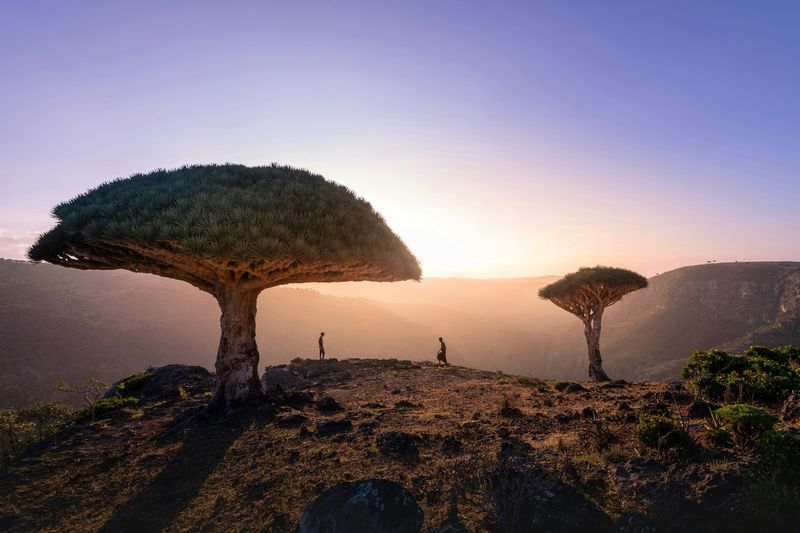
Imagine stepping onto another planet without leaving Earth. Socotra’s bizarre dragon blood trees with umbrella-shaped tops dot the landscape like something from a sci-fi movie. These ancient trees ooze red sap when cut, giving them their dramatic name.
Animals found nowhere else on Earth roam freely across this isolated island. Cut off from mainland Africa for millions of years, evolution took a wonderfully strange path here.
Despite political challenges in Yemen, this UNESCO World Heritage site remains a biological treasure house. The locals welcome visitors with warm hospitality, sharing traditions largely unchanged for centuries.
2. Jiuzhaigou Valley, China – Nature’s Perfect Watercolor
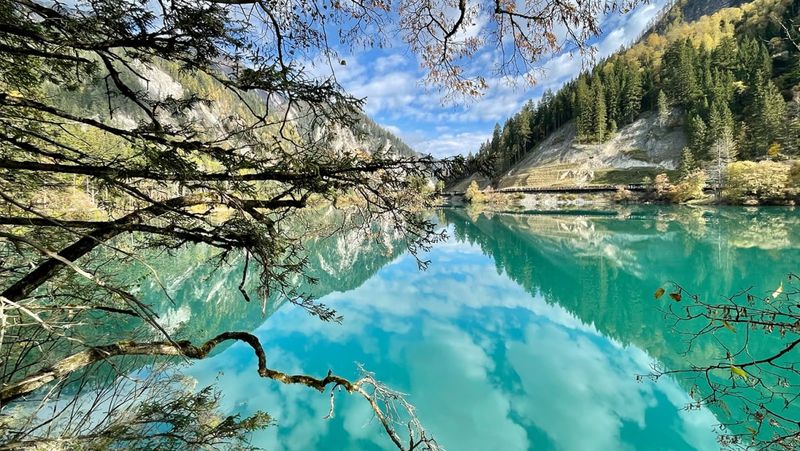
Hidden among the mountains of Sichuan Province lies a valley of such vivid colors you’ll question if your eyes are playing tricks. Crystal-clear lakes shine in shades of turquoise, emerald, and sapphire blue, reflecting the surrounding forests and snow-capped mountains.
Wooden boardwalks wind through this fairytale landscape, making it accessible without disturbing its pristine beauty. The water is so clear you can see every detail on the lake bottom, even at depths of several meters.
Local Tibetan villages add cultural richness to your journey. Fall transforms the valley into a painter’s palette when red and golden leaves contrast with the blue waters.
3. Salar de Uyuni, Bolivia – The Mirror of the Sky
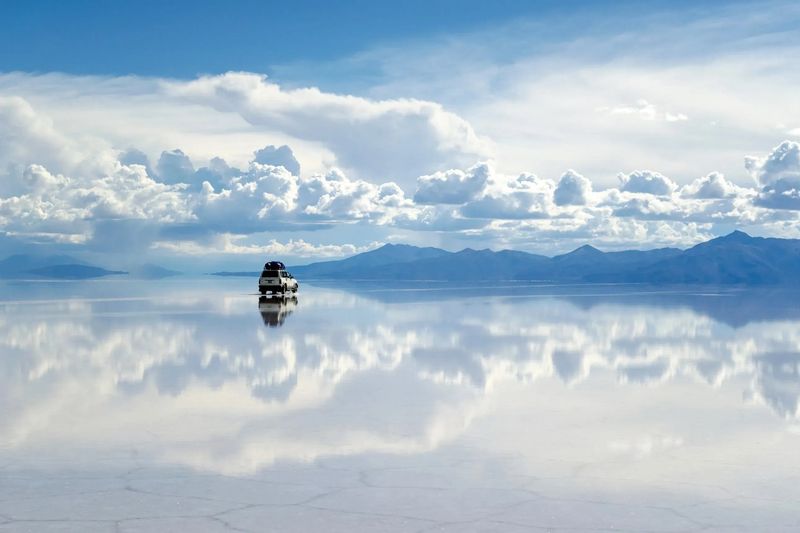
When rain transforms this massive salt flat into a perfect mirror, heaven and earth become one. The world’s largest salt flat stretches over 4,000 square miles, creating an endless white landscape that plays tricks on your perspective.
During the dry season, the hexagonal salt patterns create a surreal, cracked-earth appearance. Small islands dot this sea of salt, including Incahuasi Island with its giant cacti standing like sentinels in the white vastness.
Locals still harvest salt using traditional methods, piling it into conical mounds that scatter across the landscape. Staying in a hotel made entirely of salt blocks adds another layer to this otherworldly experience.
4. Faroe Islands – Windswept Wonder in the North Atlantic
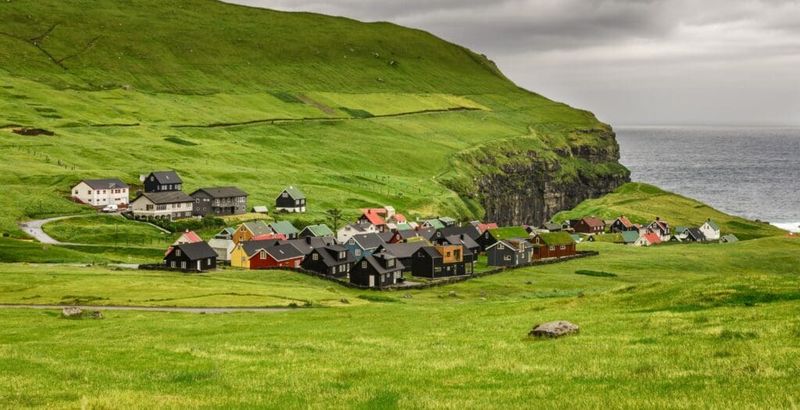
Halfway between Iceland and Norway, these 18 volcanic islands rise dramatically from the ocean, their green cliffs plunging straight into the churning sea. Waterfalls seem to drop directly into the ocean from towering heights, creating scenes that belong in mythology rather than reality.
Tiny villages of colorful houses with grass roofs cling to the hillsides, looking like they’ve grown naturally from the landscape. The islands’ remoteness has preserved ancient Nordic traditions, including haunting folk songs sung in chain dances.
Weather changes rapidly here, creating an ever-shifting play of light and shadow across the mountains. Wild sheep outnumber humans, roaming freely across steep slopes that seem impossible to navigate.
5. Wadi Rum, Jordan – The Valley of the Moon
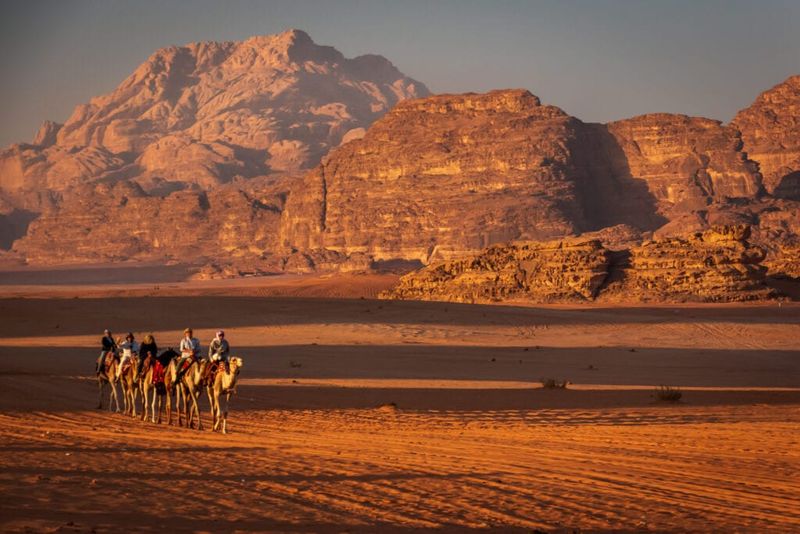
Mars on Earth might be the best way to describe this crimson desert landscape. Massive sandstone mountains rise from rust-colored sands, carved by wind into alien shapes that change color throughout the day – from pale pink at dawn to deep red at sunset.
Bedouin tribes still inhabit this harsh yet beautiful environment, offering travelers the chance to sleep under impossibly clear starry skies in desert camps. Ancient petroglyphs etched into canyon walls tell stories of those who lived here thousands of years ago.
Lawrence of Arabia found inspiration in these sweeping vistas during his campaigns. The silence here is profound, broken only by the whisper of sand shifting in the desert breeze.
6. Plitvice Lakes, Croatia – The Cascading Paradise
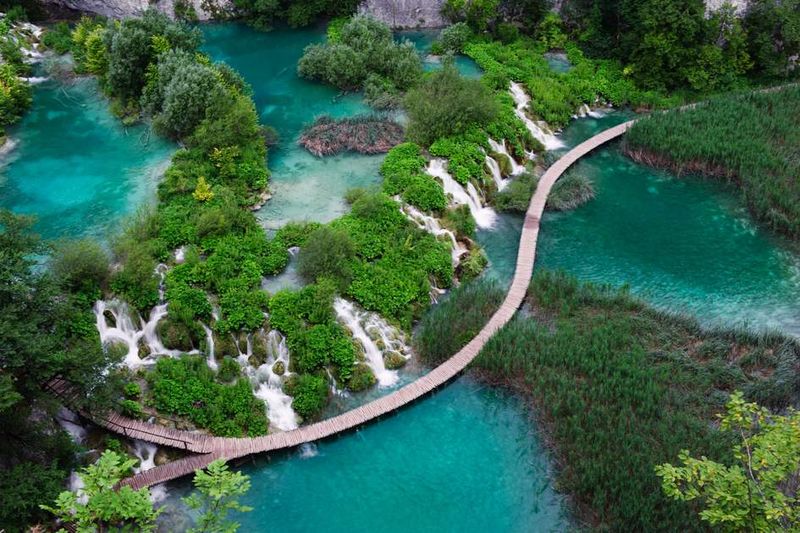
Water seems to flow from everywhere in this forest wonderland. Sixteen lakes tumble into each other through a series of waterfalls and cascades, connected by wooden walkways that let you wander through the heart of this liquid magic.
The water’s mineral content creates ever-changing colors from azure to emerald to deep turquoise. Schools of fish swim visibly beneath crystal-clear surfaces, undisturbed by the thousands of visitors who come each year.
Surrounding forests provide habitat for bears, wolves, and rare bird species. In winter, the waterfalls freeze into fantastic ice sculptures, creating an entirely different but equally magical landscape that few tourists ever witness.
7. Bagan, Myanmar – Ancient Temple City of the Plains
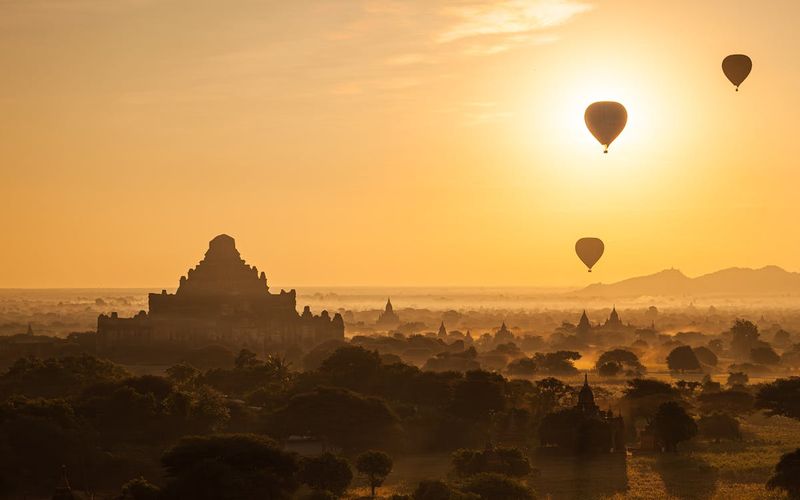
At sunrise, hot air balloons drift silently above thousands of ancient temples scattered across a misty plain. Over 2,000 Buddhist temples, pagodas, and monasteries remain from the 11th-13th centuries when Bagan was the capital of the Pagan Kingdom.
Each structure tells its own story through intricate carvings and faded murals that have survived centuries. Climbing the larger temples at dawn offers views that seem to transcend time itself.
Local life continues among these ancient monuments, with farmers guiding ox carts along dirt paths between temples. The spiritual energy here is palpable, especially when monks gather for prayers, their chants echoing across the archaeological zone.
8. Svalbard, Norway – Where Polar Bears Outnumber People
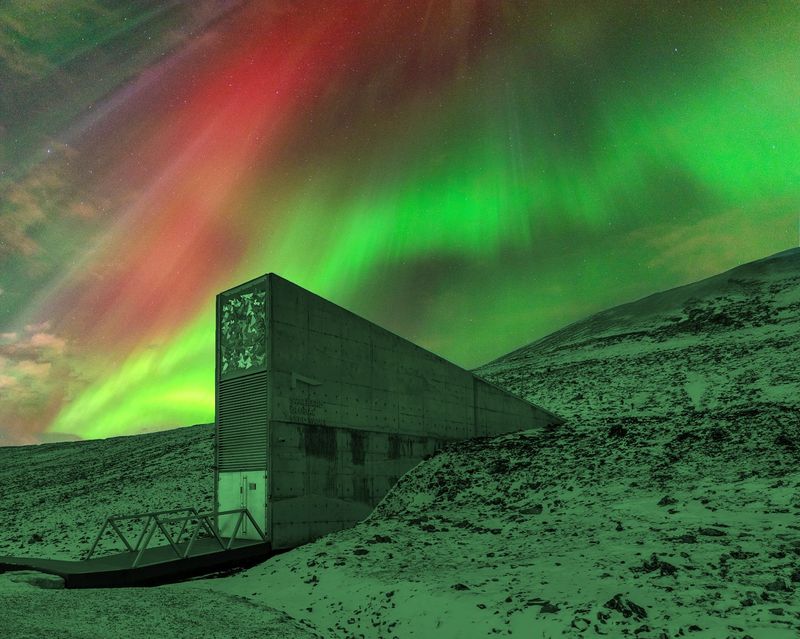
Few places make you feel the raw power of Arctic wilderness like this archipelago just 650 miles from the North Pole. Midnight sun in summer and northern lights in winter create otherworldly lighting across glaciers and mountains that cover 60% of the land.
Polar bears roam freely here, outnumbering the human population. Settlements like Longyearbyen exist in careful balance with the harsh environment, where snow scooters replace cars for much of the year.
The Global Seed Vault, humanity’s backup plan for crop diversity, is buried deep in the permafrost here. Abandoned Soviet mining towns stand frozen in time, offering glimpses into Cold War history against a backdrop of stunning Arctic beauty.
9. Huacachina, Peru – Desert Oasis Surrounded by Dunes
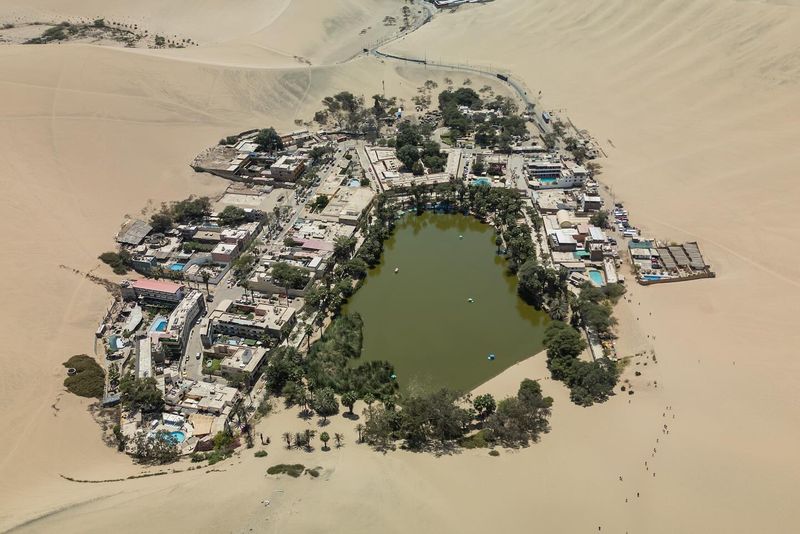
A tiny village built around a natural desert lake looks like a mirage in the middle of one of Peru’s driest regions. Palm trees circle the emerald waters, providing shade for the handful of buildings that make up this surreal settlement.
Massive sand dunes rise in all directions, reaching heights of over 500 feet. Locals offer thrilling dune buggy rides and sandboarding adventures that send you flying down slopes of pure sand.
Legend claims the lagoon was created when a beautiful princess was bathing and fled into the water when spotted by a hunter, becoming a mermaid. The oasis has long been believed to have healing properties, drawing visitors seeking both adventure and wellness.
10. Hang Son Doong Cave, Vietnam – World’s Largest Cave System
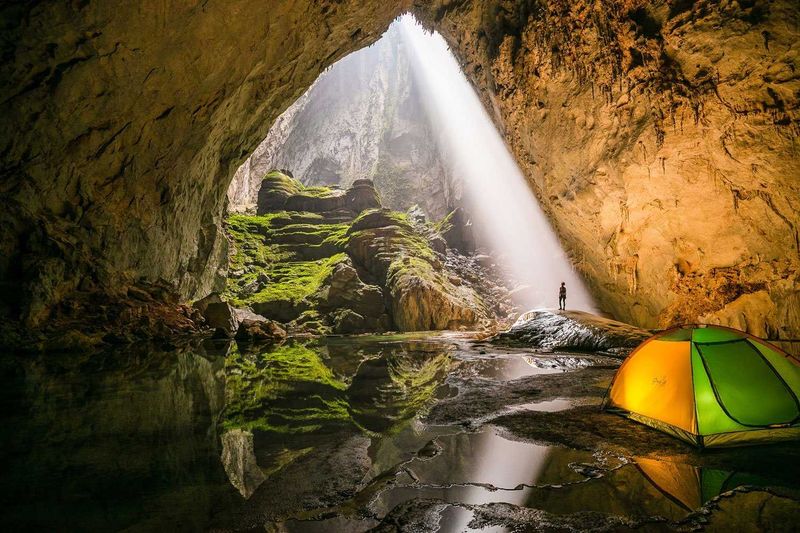
Only discovered in 1991, this cave is so massive it contains its own weather system. Entire forests grow inside where collapsed sections allow sunlight to penetrate, creating ethereal beams through the mist that fills the cavern.
A river runs through the main passage, and explorers must camp inside during the multi-day journey through its depths. Some chambers are large enough to fit entire city blocks with skyscrapers inside them.
Limited permits make this one of the most exclusive adventures on Earth. Stalactites the size of small buildings hang from ceilings hundreds of feet high, creating a landscape that feels more like science fiction than reality.
11. Auschwitz-Birkenau, Poland – Where History’s Darkest Chapter Lives On
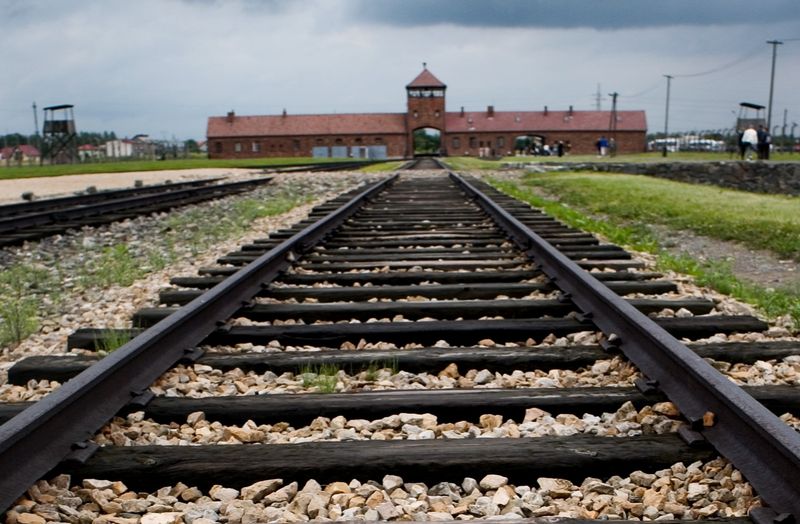
Walking through the gates bearing the infamous words “Arbeit Macht Frei” (Work Sets You Free) forces a confrontation with humanity’s capacity for evil. The preserved barracks, gas chambers, and crematoria stand as sobering testimonials to the more than 1.1 million people murdered here during the Holocaust.
Personal belongings – mountains of shoes, eyeglasses, and suitcases with names still visible – create the most powerful impact. Each item represents a person whose life was cut short by hatred and indifference.
Birds rarely sing here, as if nature itself observes the solemnity of this place. The memorial serves as a vital reminder of where unchecked prejudice can lead and why we must remain vigilant against hatred.
12. Hiroshima Peace Memorial, Japan – Ground Zero of the Atomic Age
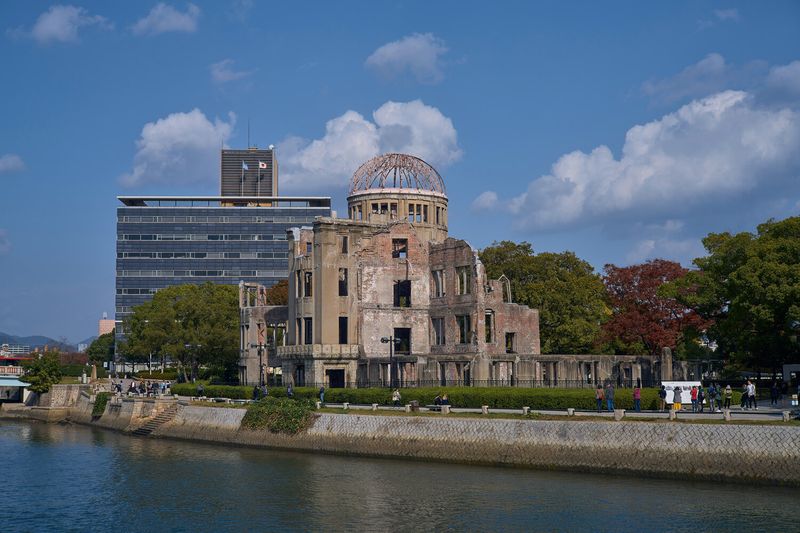
The skeletal dome of the former Industrial Promotion Hall stands frozen in time, preserved exactly as it appeared after the atomic bomb exploded almost directly above it on August 6, 1945. This haunting structure serves as both memorial and warning about nuclear weapons.
Surrounding Peace Memorial Park contains monuments dedicated to the 140,000 lives lost in the blast and its aftermath. Paper cranes, inspired by the story of Sadako Sasaki, appear everywhere as symbols of hope and healing.
Most powerful is the museum’s unflinching display of personal artifacts – a child’s tricycle, a watch stopped at 8:15, burned clothing – that make the abstract horror of nuclear war devastatingly concrete. Yet Hiroshima’s message ultimately focuses on reconciliation and a world free of nuclear weapons.
13. Killing Fields of Choeung Ek, Cambodia – Voices from a Genocide
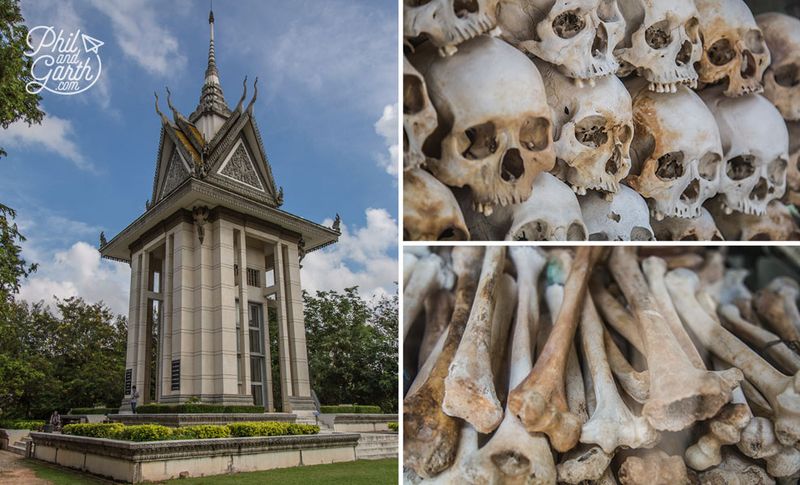
A peaceful countryside setting belies the horror of what happened here during the Khmer Rouge regime. This former orchard became one of hundreds of execution sites where nearly two million Cambodians – a quarter of the population – perished between 1975 and 1979.
The Memorial Stupa contains over 5,000 skulls exhumed from the mass graves that honeycomb the grounds. Fragments of clothing still emerge from the soil after heavy rains, a chilling reminder that this history remains literally just beneath the surface.
Audio guides share survivors’ testimonies, bringing human voices to the statistics. Cambodia’s courage in confronting this dark chapter offers lessons about resilience and the human capacity to rebuild after unimaginable trauma.
14. 9/11 Memorial & Museum, USA – Healing Waters Above Ground Zero
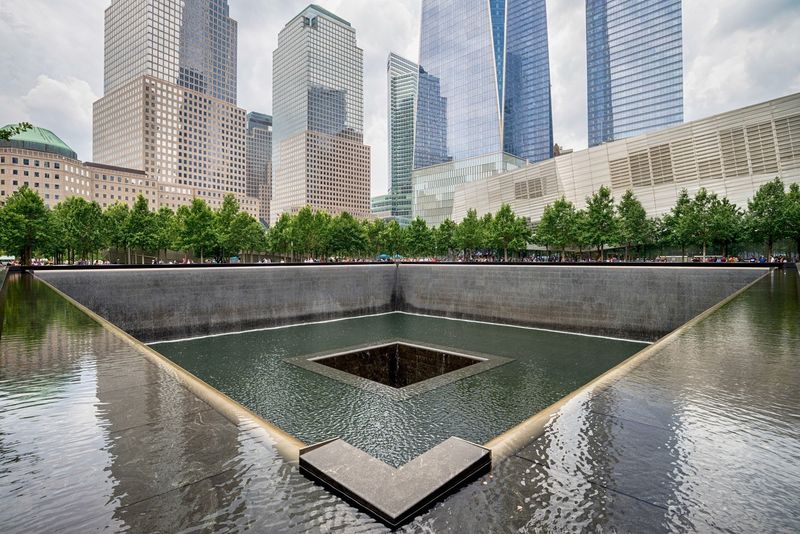
Two massive square pools occupy the footprints where the Twin Towers once stood, with water cascading down all sides before disappearing into a central void. Names of the 2,977 victims are inscribed in bronze around the pools, with roses often placed beside names on birthdays.
The underground museum presents the events of September 11, 2001, through personal stories and artifacts ranging from crushed fire trucks to voice messages left by those who knew they wouldn’t survive. The “Last Column,” covered in messages from first responders, stands as a powerful symbol of resilience.
A single white rose marks the name of each victim on their birthday. Visitors often remark on the profound silence despite being in the heart of Manhattan.
15. Tuol Sleng Genocide Museum, Cambodia – School Turned Prison of Horror
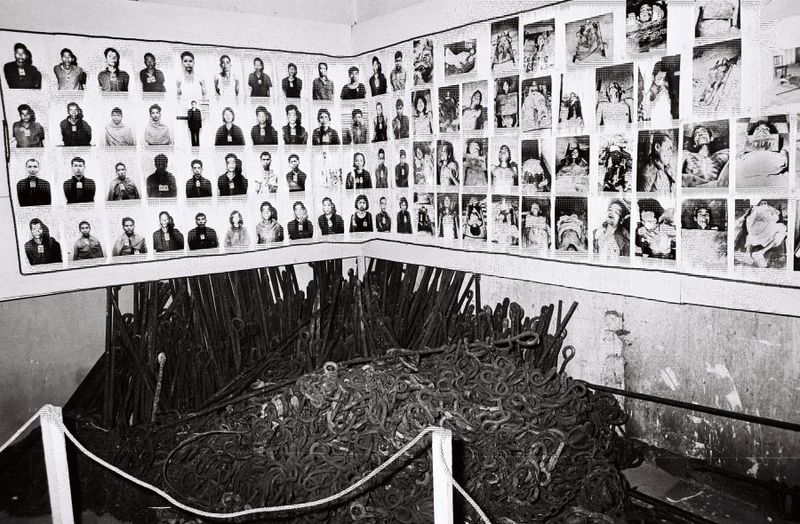
What was once a high school became “S-21,” the most notorious torture center of Cambodia’s Khmer Rouge regime. Classrooms were converted into tiny cells or torture chambers where an estimated 20,000 people were imprisoned, with only seven known survivors.
Photographs of victims line the walls – the Khmer Rouge meticulously documented their atrocities. The expressions in these photos haunt visitors long after leaving, putting human faces to an almost incomprehensible tragedy.
Former prisoner Chum Mey often shares his testimony with visitors. His presence reminds us that this history happened within living memory. The museum stands as Cambodia’s pledge that the world must never forget what happens when ideology trumps humanity.
